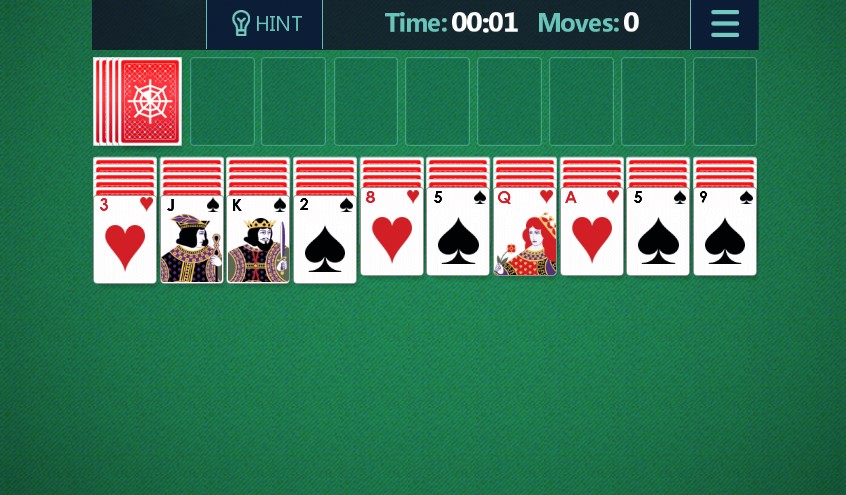Spades Rules

NUMBER OF PLAYERS: 2-7 players
Every player must make a bid; no player may pass. No suit is named in the bid, for as the name of the game implies, spades are always trump. Card Game Rules Spades, or Call Bridge, is a traditionally 4 player card game of strategy and luck. Spades uses a standard 52 card deck with Aces high, 2s low, and Spades trumping all. The objective is to win at least as many “tricks” bid. Drunken Spades Rules - Printable Drinking Spades Rules - Spades Card Game - Digital Download - Downloadable File - SVG Reviewed by Inactive Jul 1, 2020 5 out of 5 stars. Spades is a popular card game that involves using mathematical skill and strategy to earn the highest number of tricks, or hands. Players bid before the game begins, as a 'guess' of how many tricks they can win. Because the highest bidder gets to lead with the suit of his choice, and the entire suit of spades. Spades is a popular trick-taking card game that two partnerships typically play. However, this version of Spades is just for two players. It uses a standard 52-card deck; ace is high, and 2 is low. The goal is to be the first player to reach 500 points.
NUMBER OF CARDS: 52 deck cards for 5 or less players and 104 cards for more than 5 players
RANK OF CARDS: 8 (50 points); K, Q, J (court cards 10 points); A (1 point); 10, 9, 7, 6, 5, 4, 3, 2
TYPE OF GAME: Shedding-type
AUDIENCE: Family
Introduction:
Spades Tournament Rules
Traditional Spades Four Players
The Setup:

How to Deal:
How to Bid:
